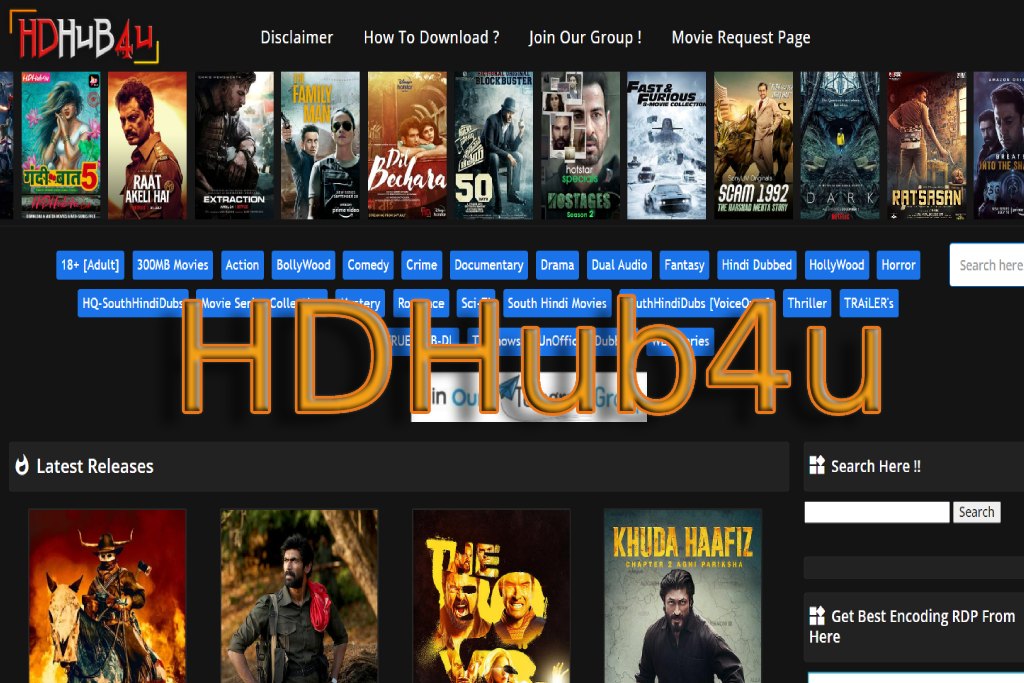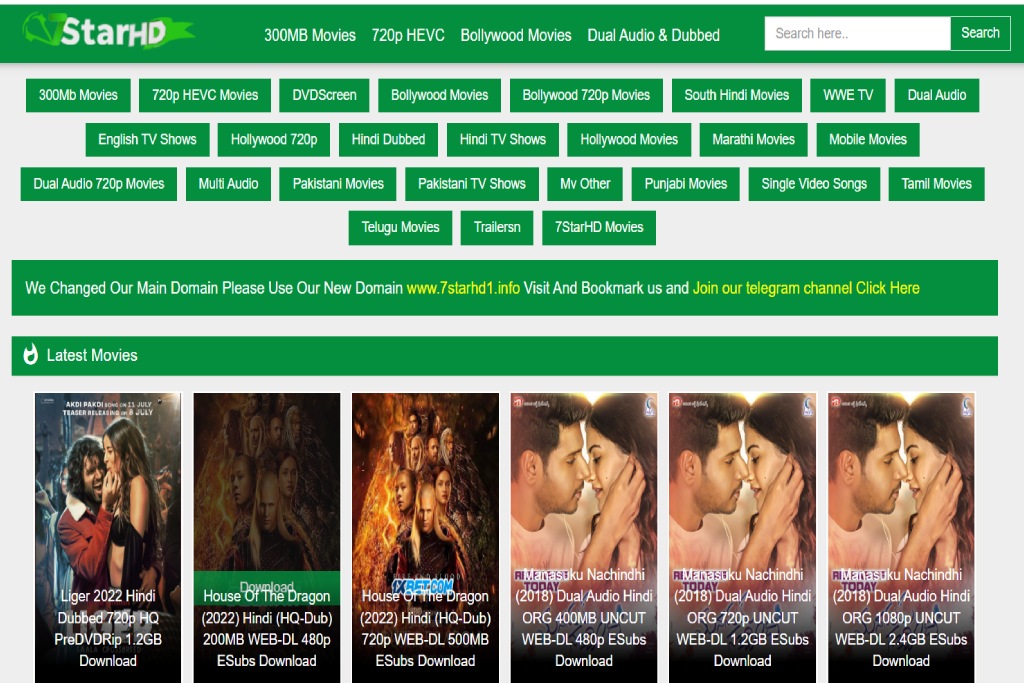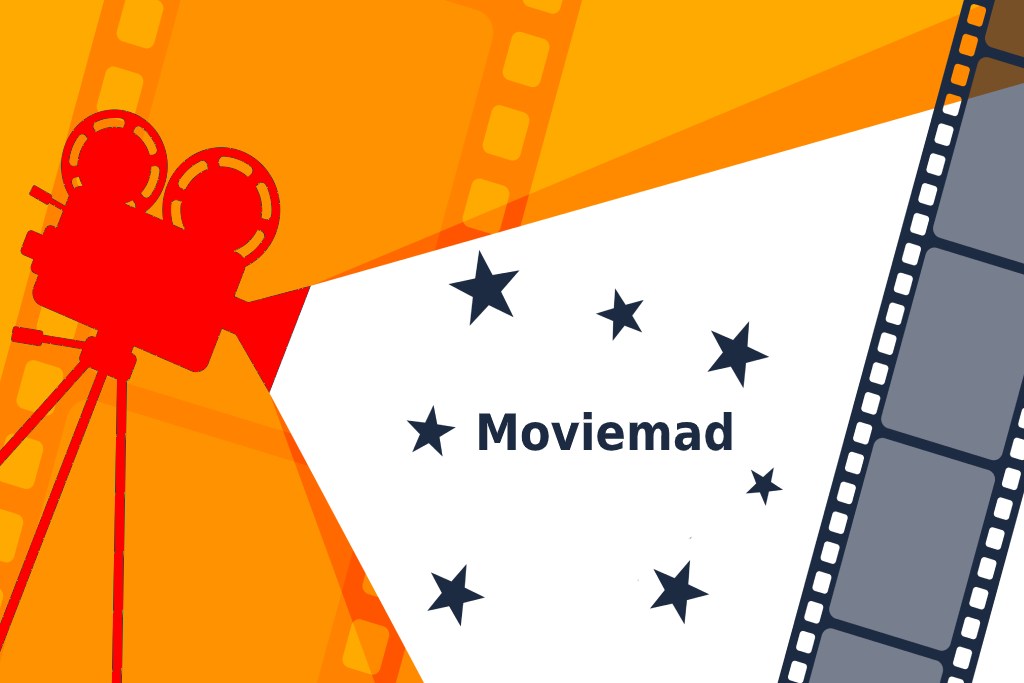Education And Technology Have A Pending Task

Two years ago, I did not even remotely imagine that the education sector, in the broad sense of the word (from nursery to higher), would be transformed in such a short time and worldwide thanks to technology and would become an environment Where you can give hybrid classes with students in the classroom and online anywhere in the world, energizing activities with measurable interactions in real-time and collaborating through tools to work as a team regardless of whether you are in the classroom or not.
Indeed, many of the technologies and methodologies I speak of are not new in the education sector, but their use was limited and segmented; however, as in many other industries, COVID19 unleashed a comprehensive, unexpected digital transformation unstoppable. That said, we are still far from this technological integration in the classroom being transparent and fluid. In many cases, it feels incomplete, unnatural, almost like an emergency resource … a patch that has been put on by the pandemic but will disappear in a few months. The reality is that we still have many pending tasks.
The objective of integrating technology and education is to create learning environments more aligned with the needs and skills requested in the current market, more personalized to the rhythm and conditions of each student, without geographical barriers, with immediate detection of areas for improvement, more inclusive and collaborative and more experiential and practical.
This vision of the future of education has promoted for several years a series of methodologies/technologies that step by step has gained ground within the classroom and that today we see little by little as a reality, for example, virtual reality (VR), personalized education, open online courses (MOOC), flipped classrooms, b-learning (blended learning) or the complimentary use of AI and robots in the sessions.
Areas In Which The Use Of Technology In Education Has Effects
1) Academic- because it allows improving teaching/learning processes using, on the one hand, technologies to create better educational materials, SAAS platforms for self-learning and collaboration or mobile applications for real-time interaction and, on the other hand, using data generated in the sessions that allow you to understand better students, their interactions and the areas where they require more support or customization.
2) Management – because it allows, on the one hand, to automate many of the processes such as admissions, collections, communications to students, taking attendance and grades through digital identification, and on the other hand, to reduce costs of physical materials such as books and photocopies, optimize physical classroom space with online students and improve access to materials and articles from the university’s database.
However, as much as technology exists and that the pandemic has forced a technological transformation never seen before in the sector, we are far from saying that we have obtained a 10/10 in our task. On the one hand, a very high number of students declare that online classes are not used in the same way or have the same quality as face-to-face sessions, and, on the other hand, a very high number of teachers reject it because they currently require much more time to study. Preparation and training, not counting the difficulty generated by technologies for teachers of advanced age or with few technological skills.
At this time, the pending task for the sector is to understand how technology should improve the teaching and learning experience to improve processes and methodologies by adapting to the new educational paradigm that we live in. There are several prominent examples, such as excessive hours in front of the screen or many teachers still teaching classes online by reading a powerpoint and in “masterclass” format for hours.
Suppose we want what we have achieved in these two years not only to last but to continue to evolve. In that case, it will be necessary for all the people involved in the sector, from teachers, managers, and institutions, to be aware of all these pending tasks and to focus their efforts is to improve them because, as always, the most challenging part of a digital transformation is never the technology but the people and processes.
Also Read: Scrum Methodology To Deliver In An Agile Way






